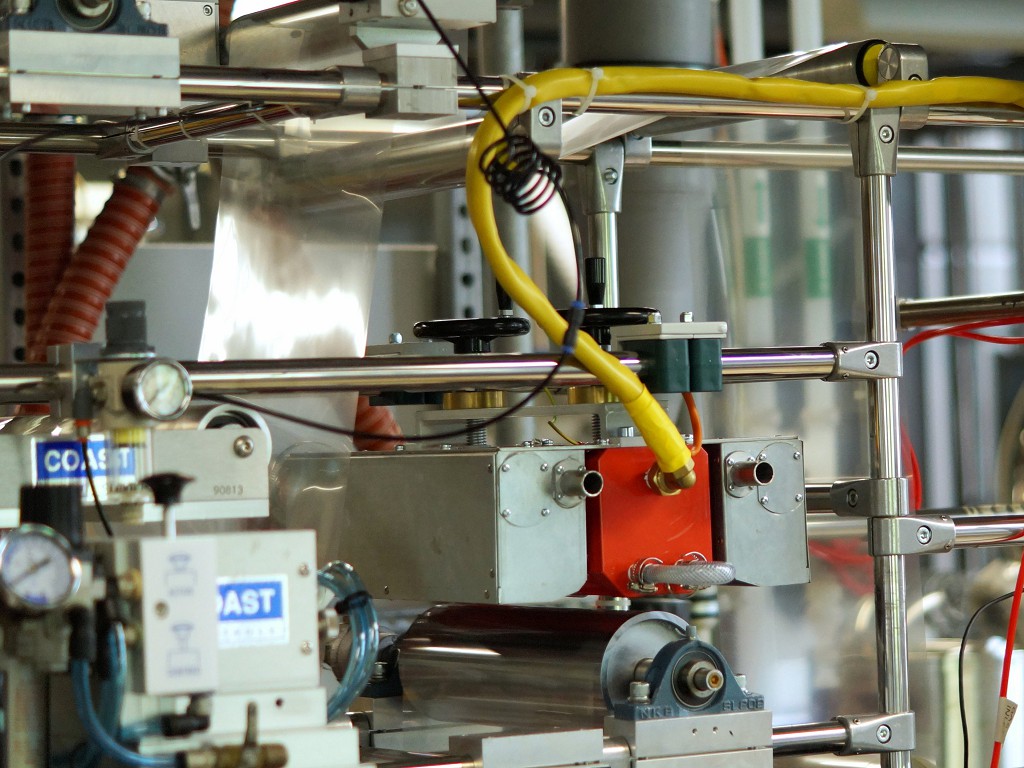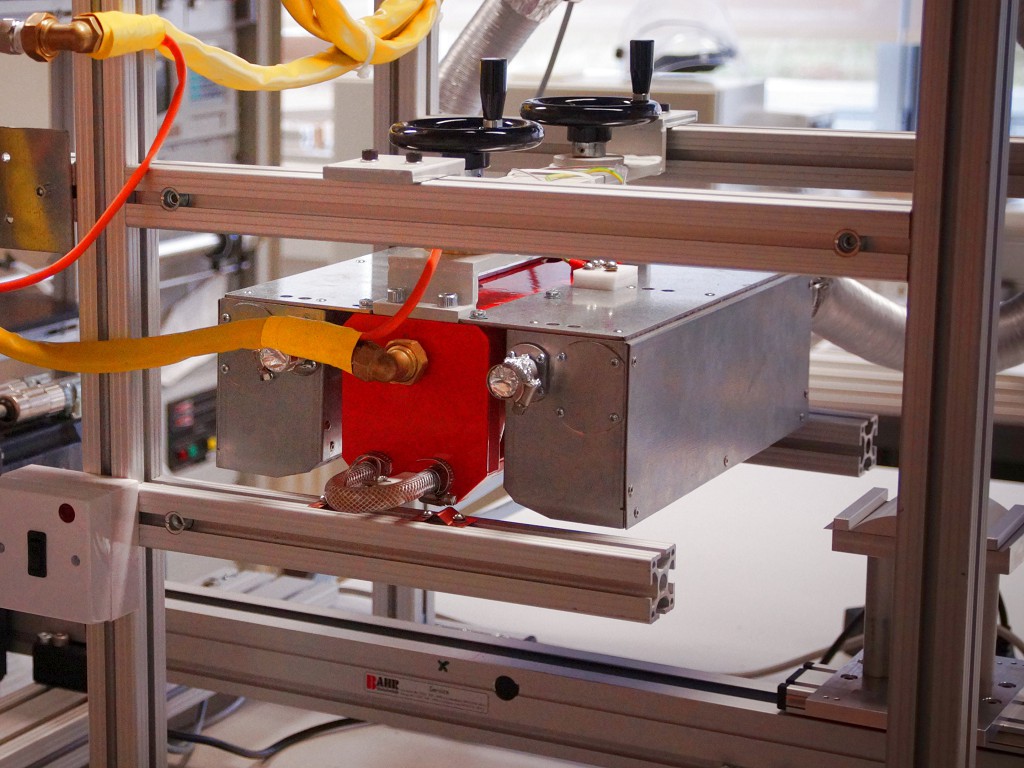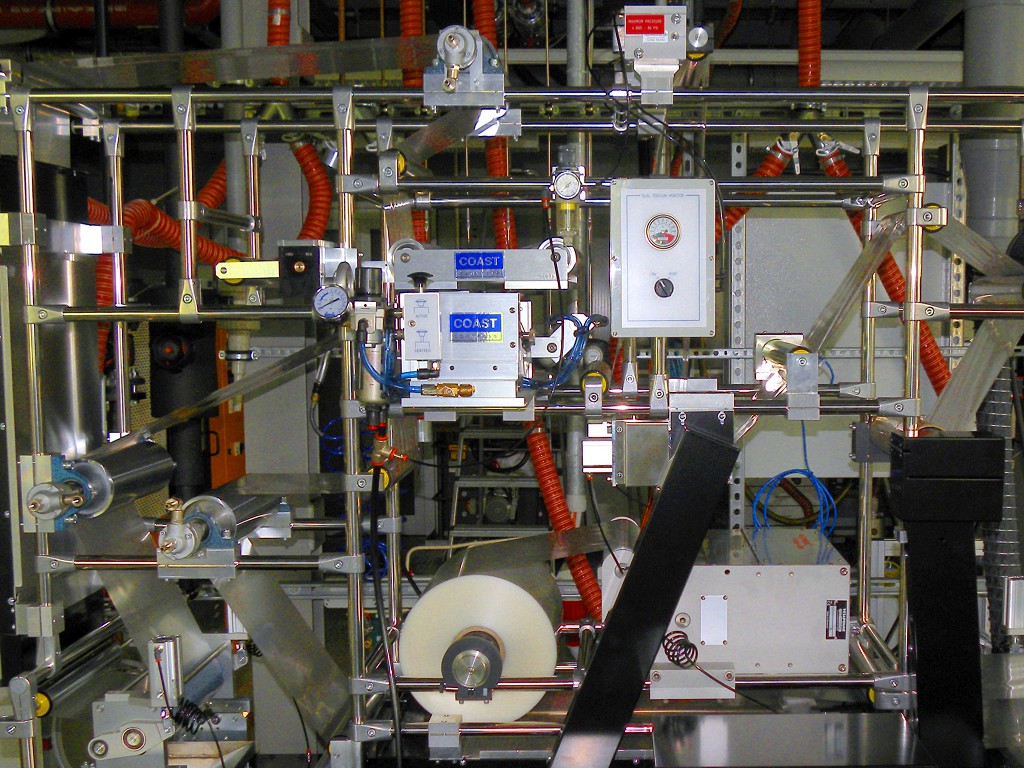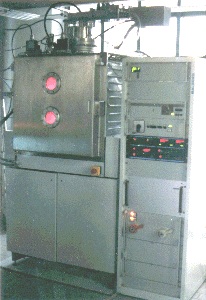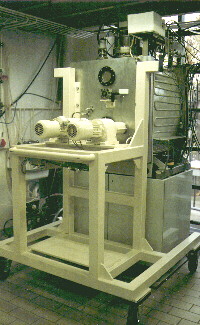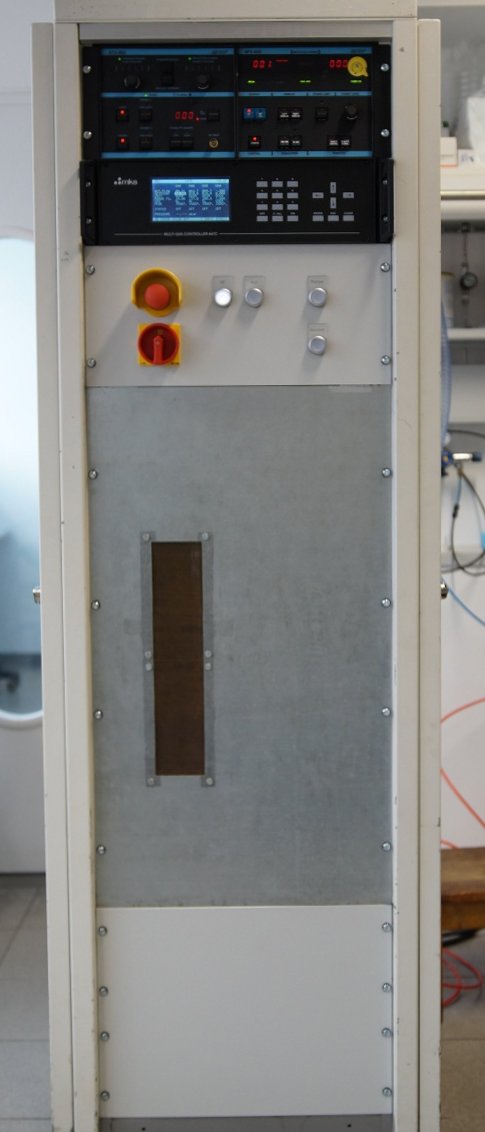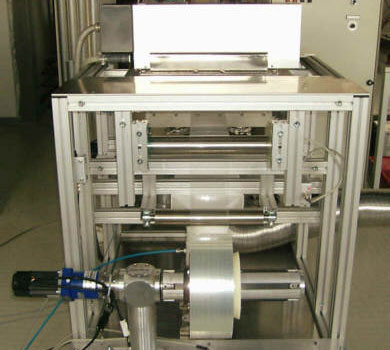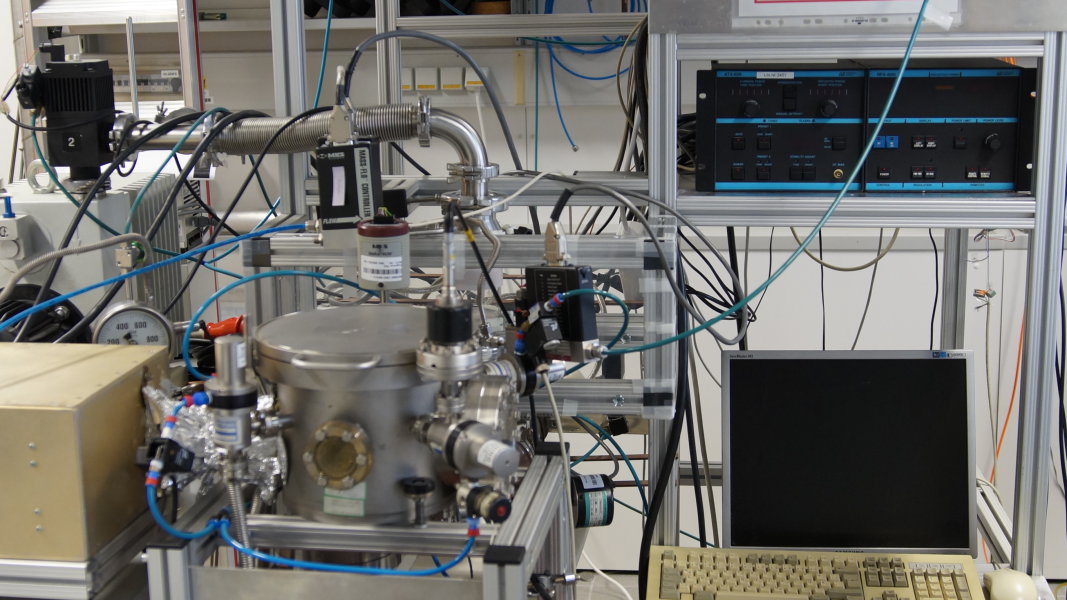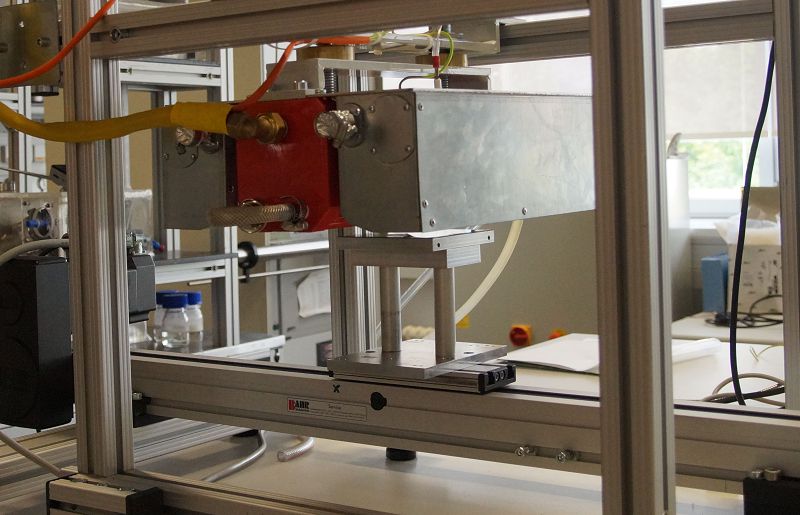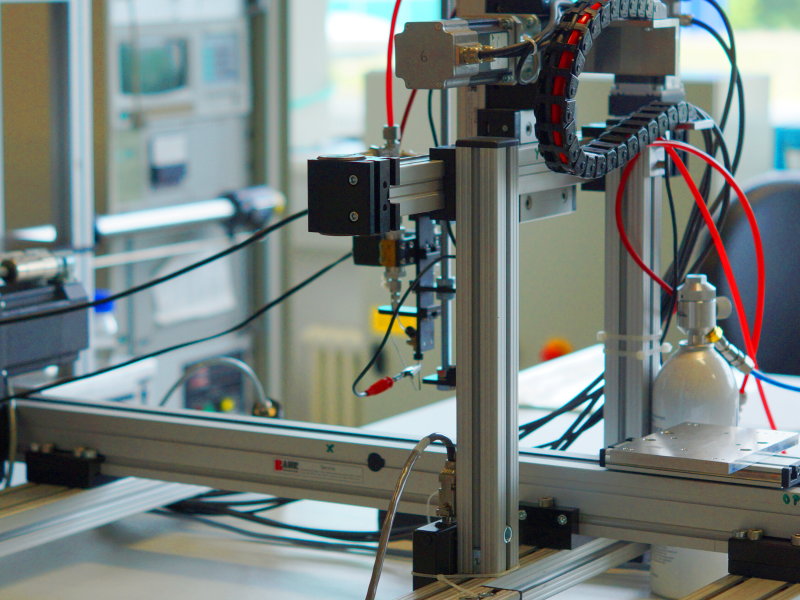For the various kinds of treatments we have available equipment ranging from the laboratory scale to semitechnical scale. For activation we can use corona treatment, low pressure plasmas, flame treatment, and VUV irradiation. We have small batch reactors, a framework for plasma and flame treatment with specialized equipment, and roll-to-roll film treatment equipment for vacuum processes and for atmospheric pressure processes. We can treat powders, perform gas phase reactions with solids, print chemical agents for localized functionalization reactions.
